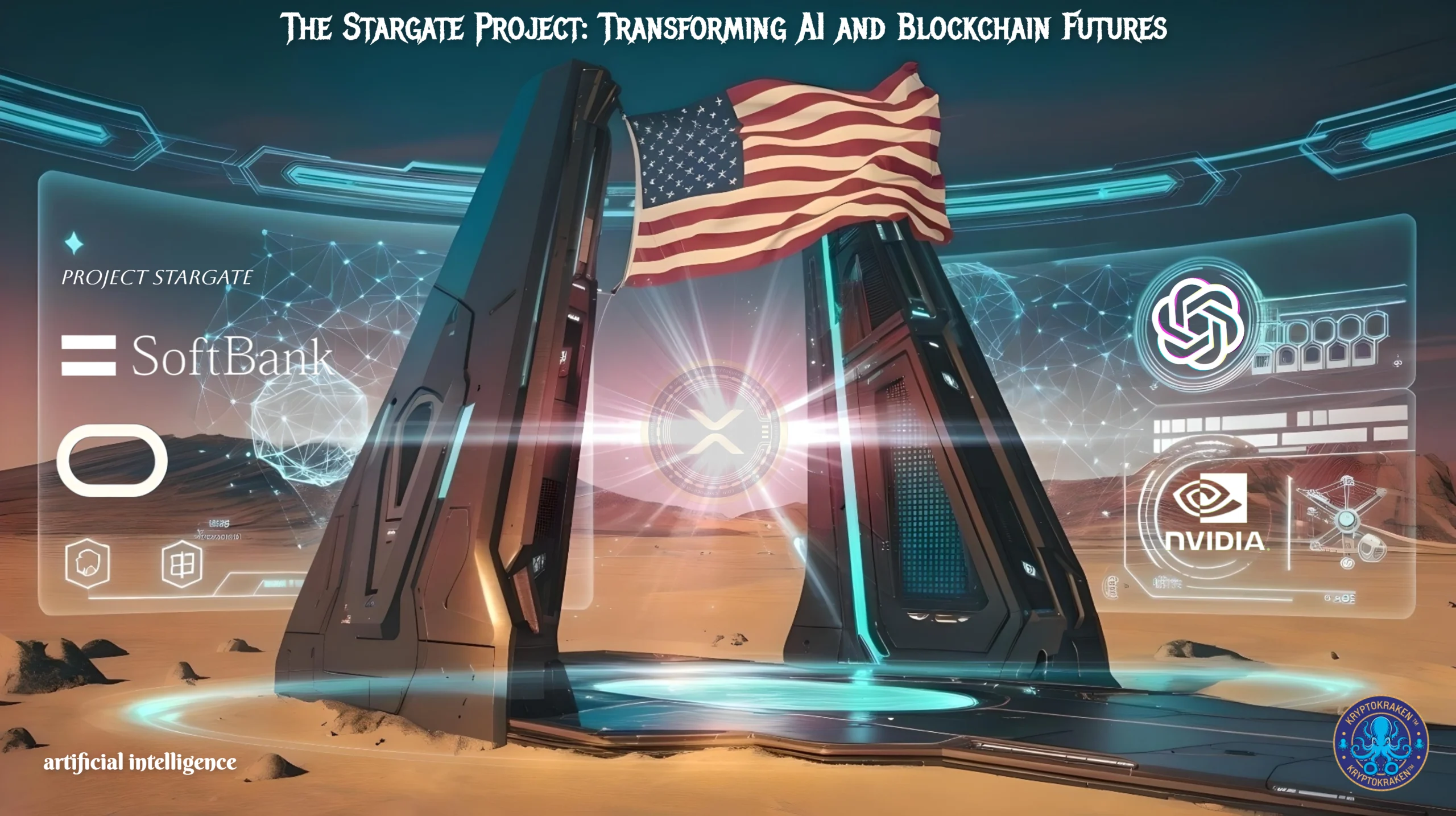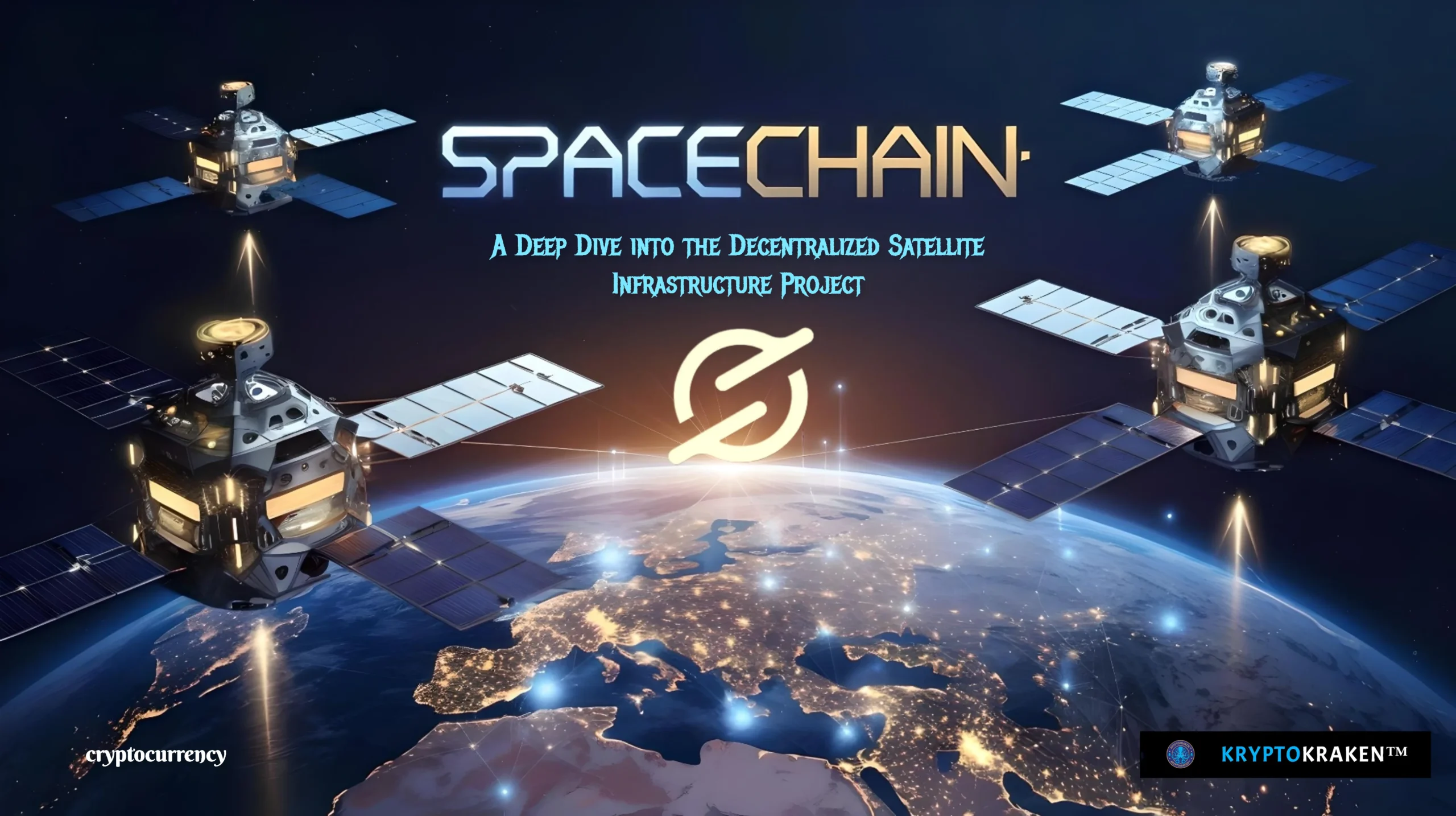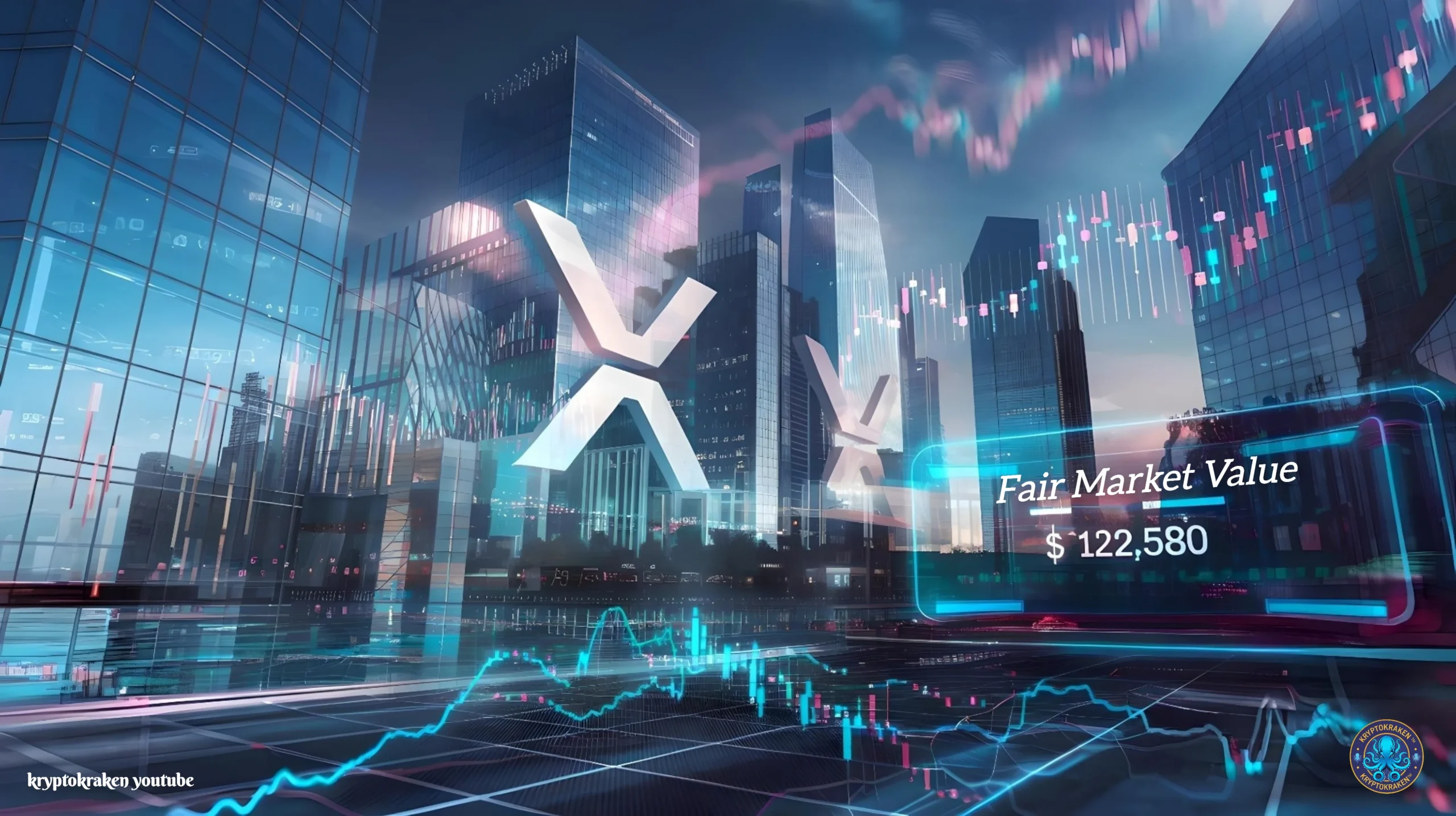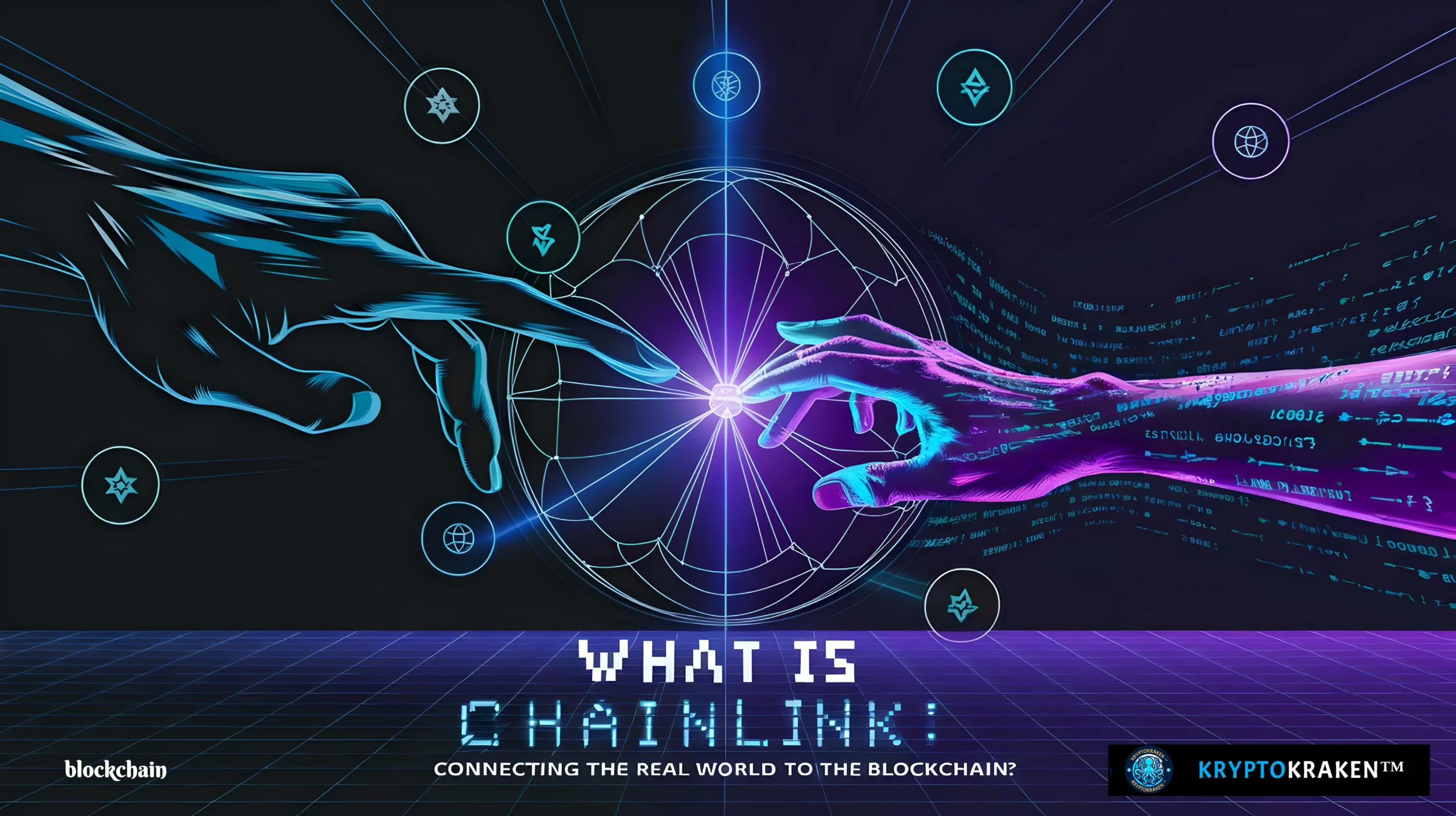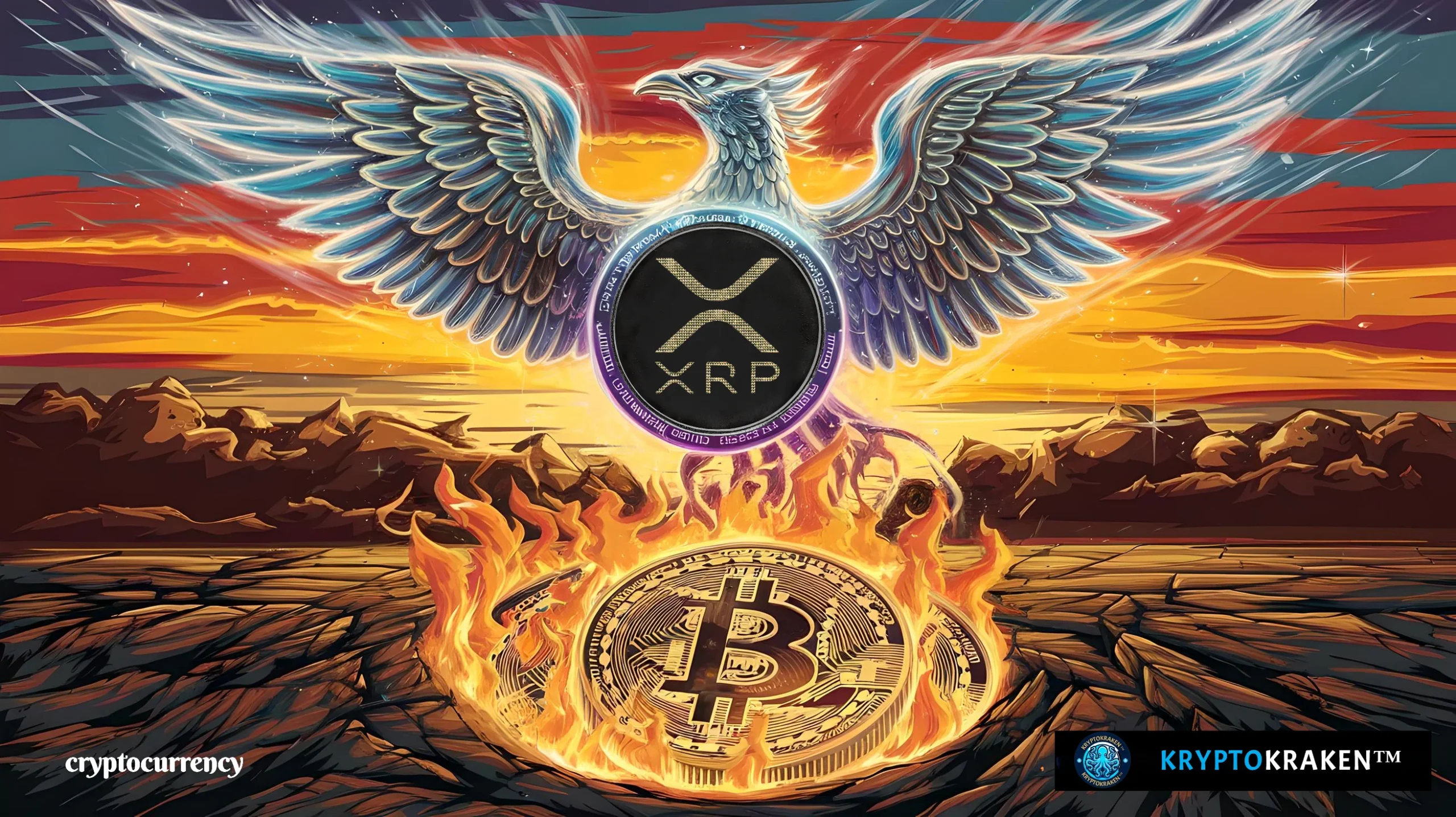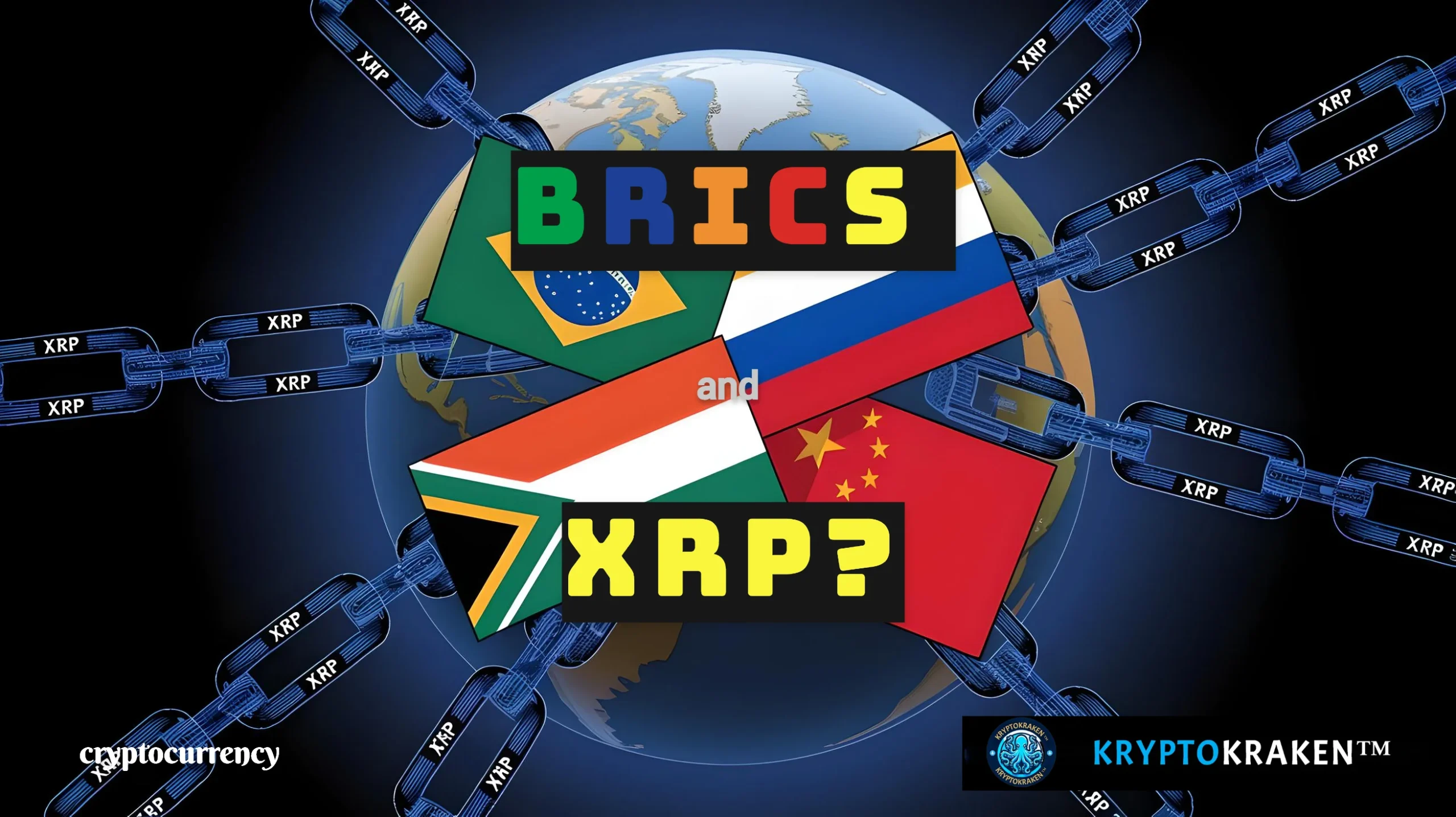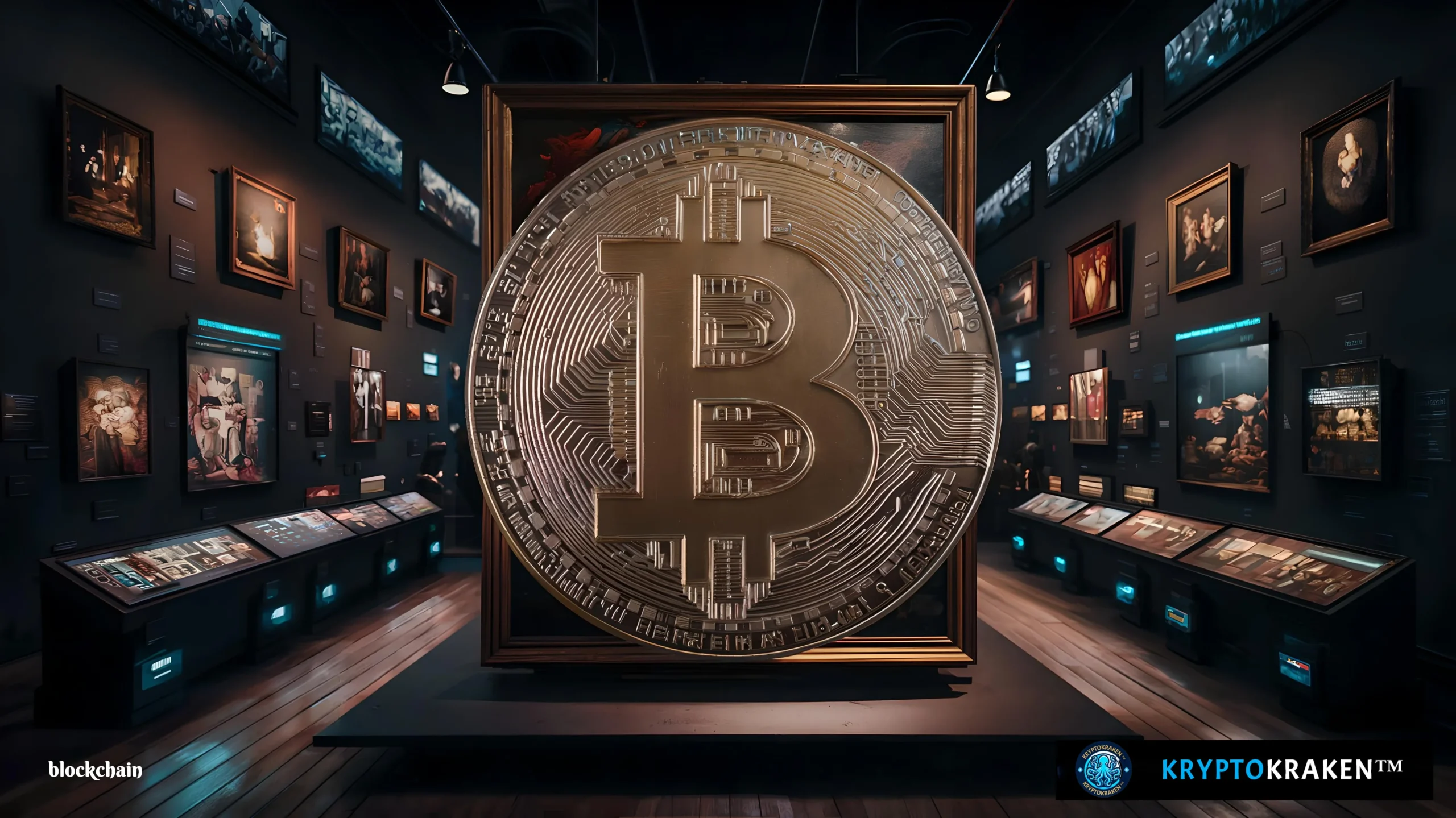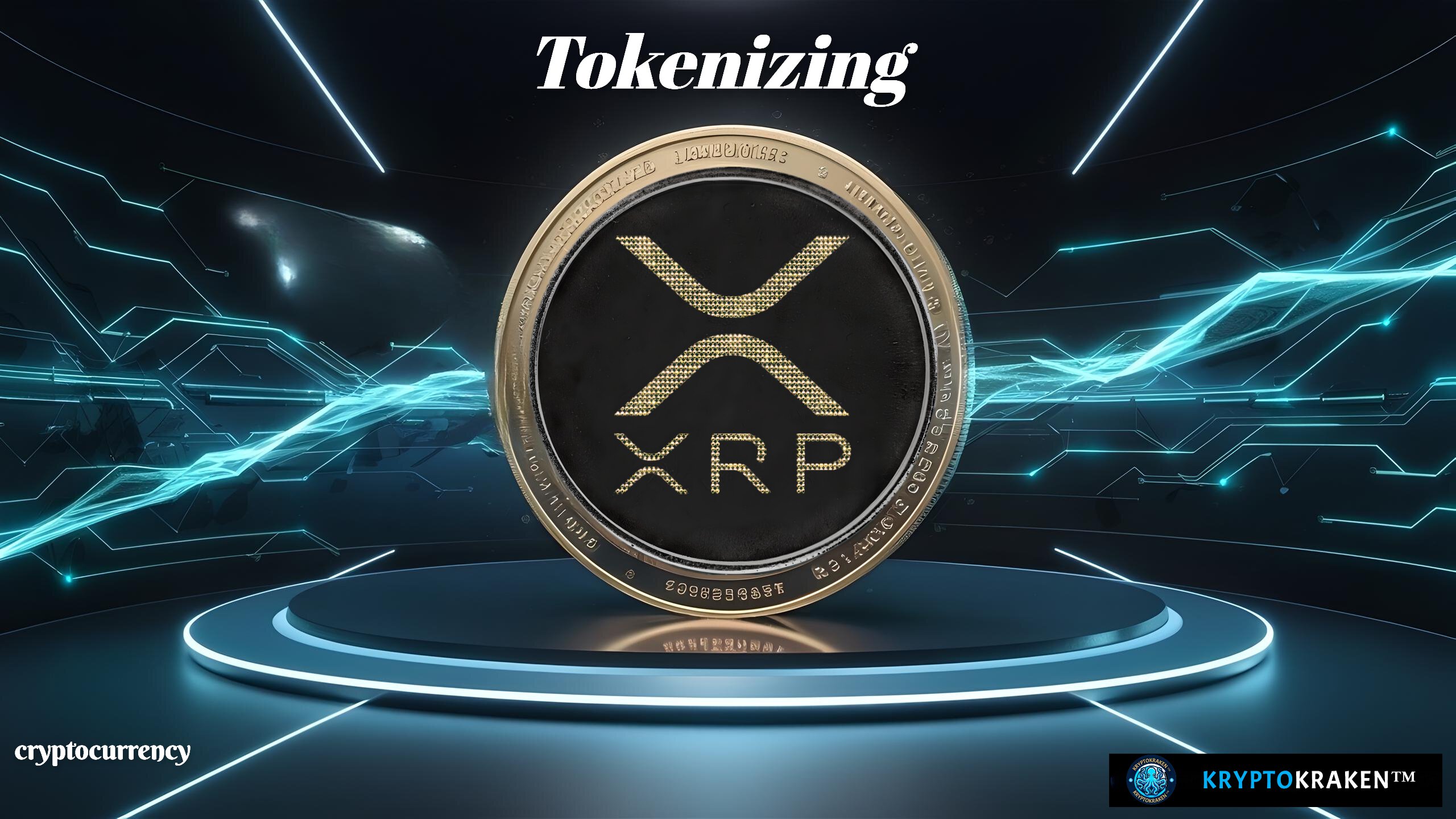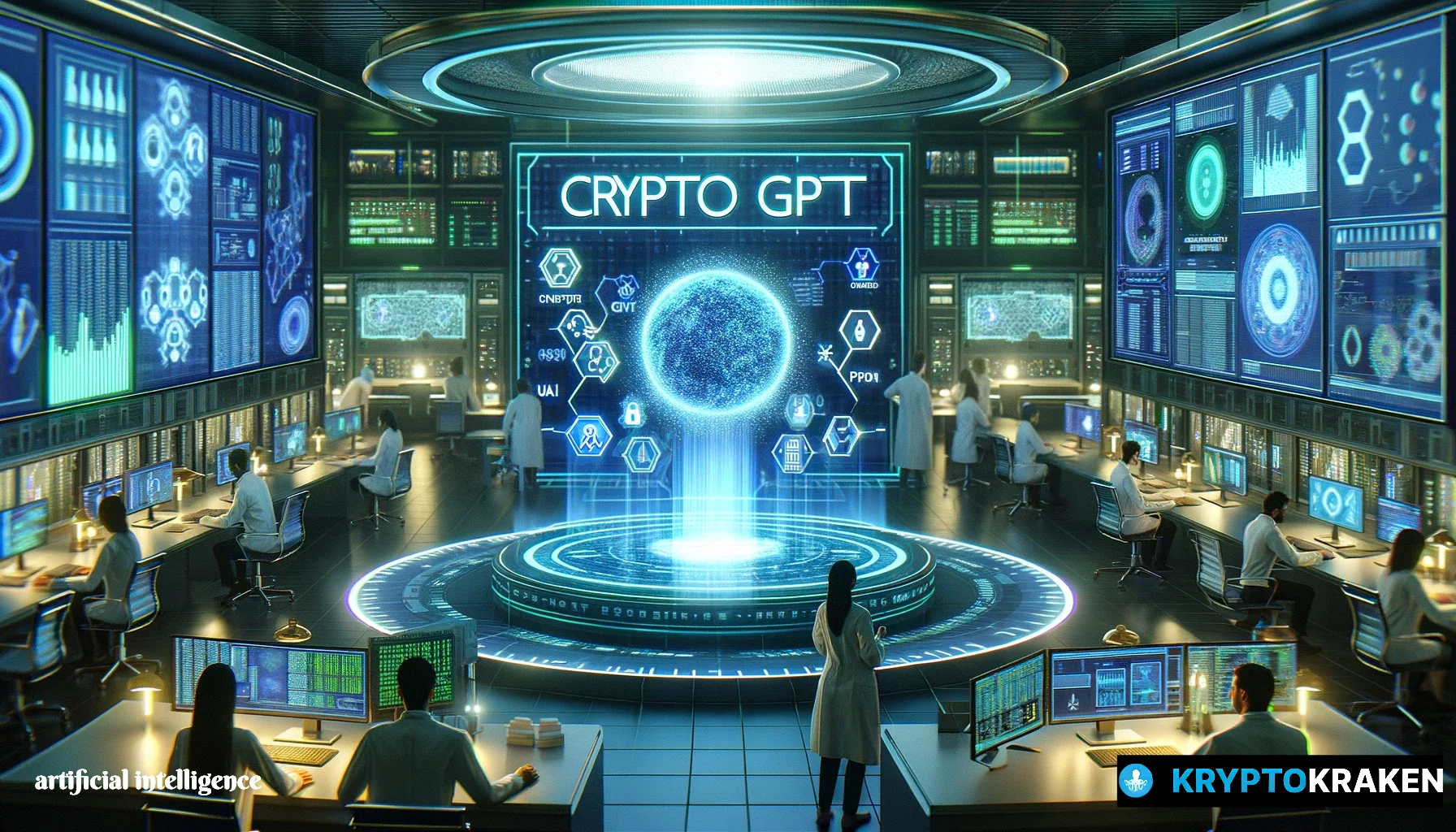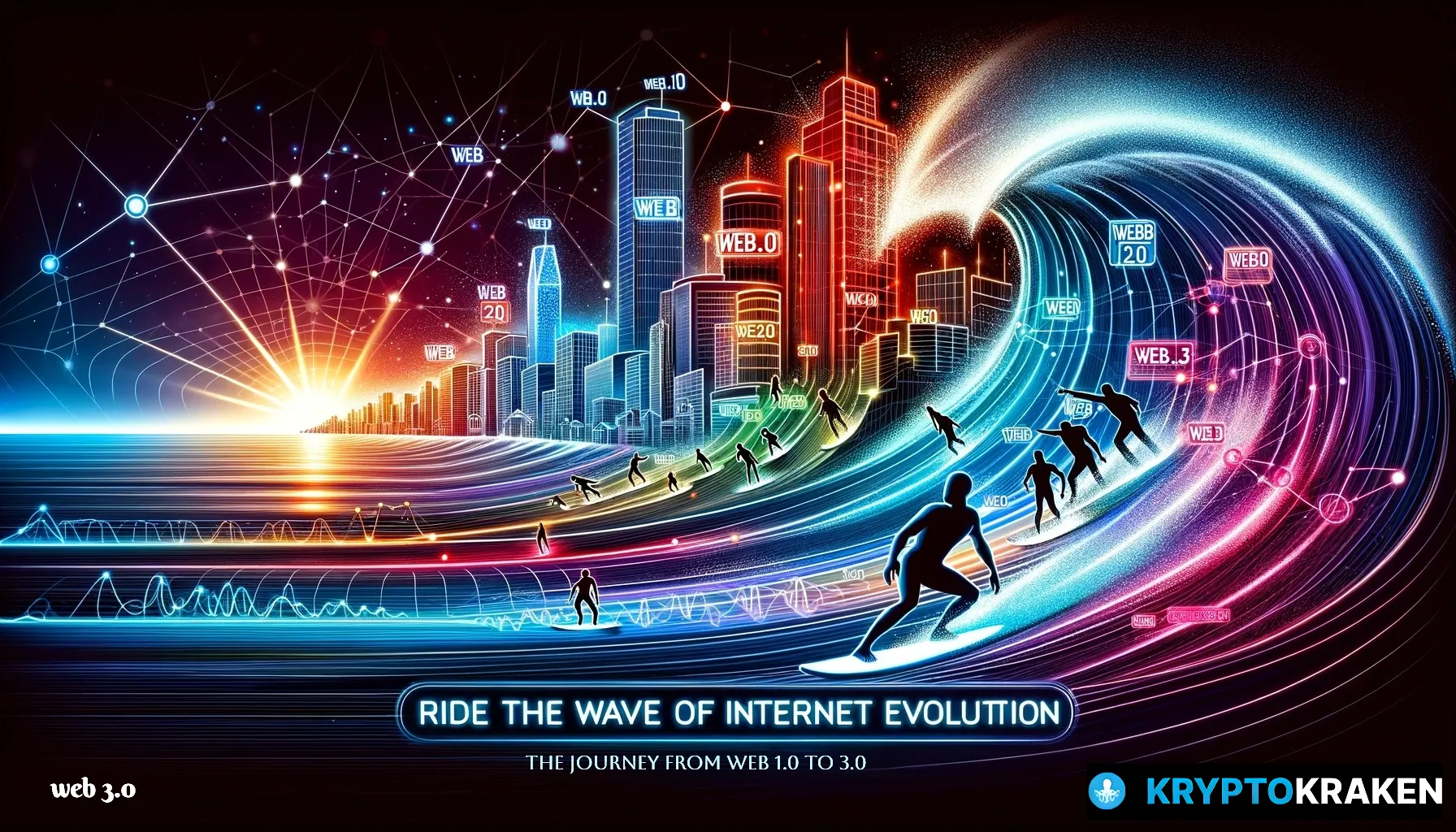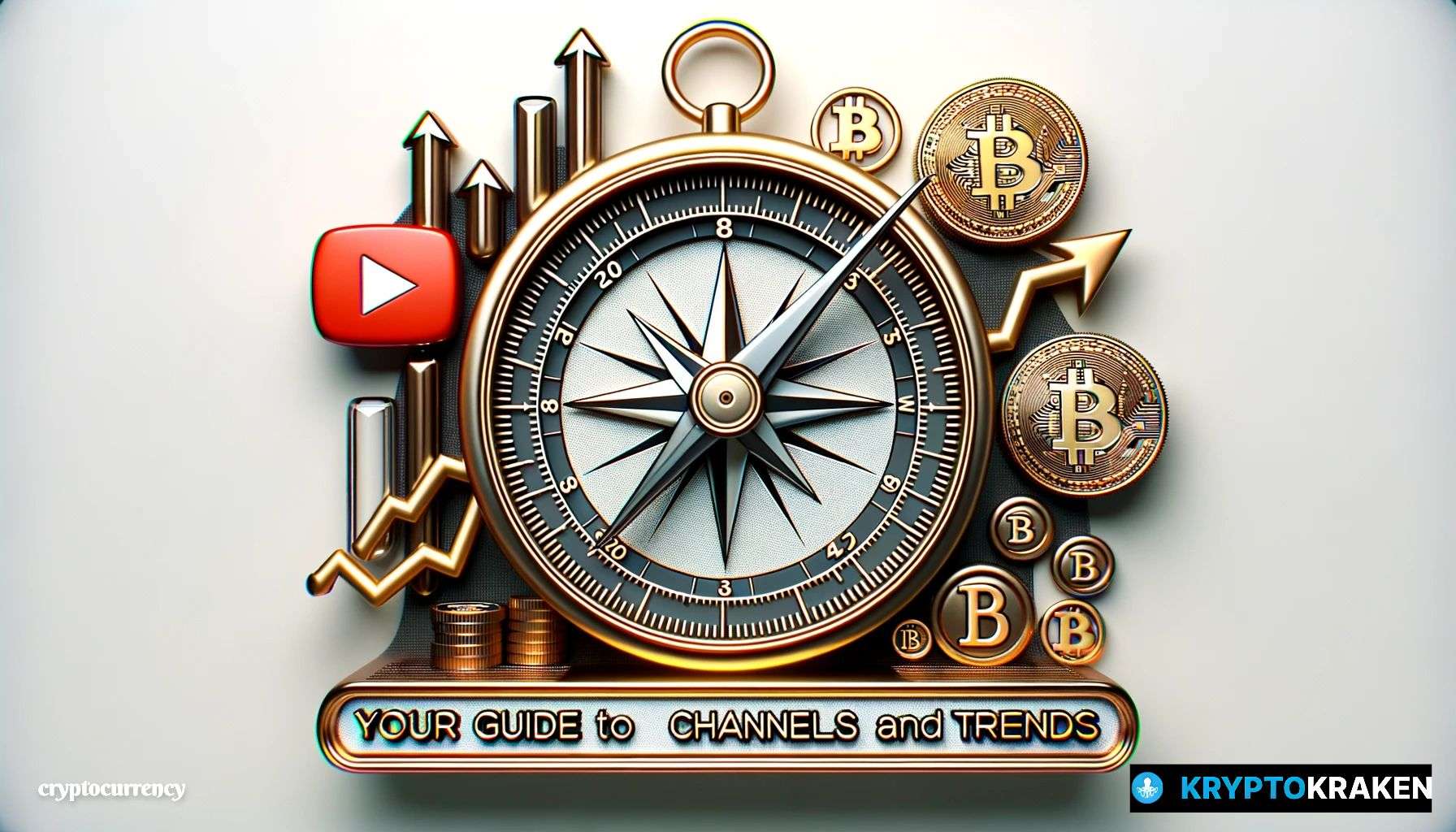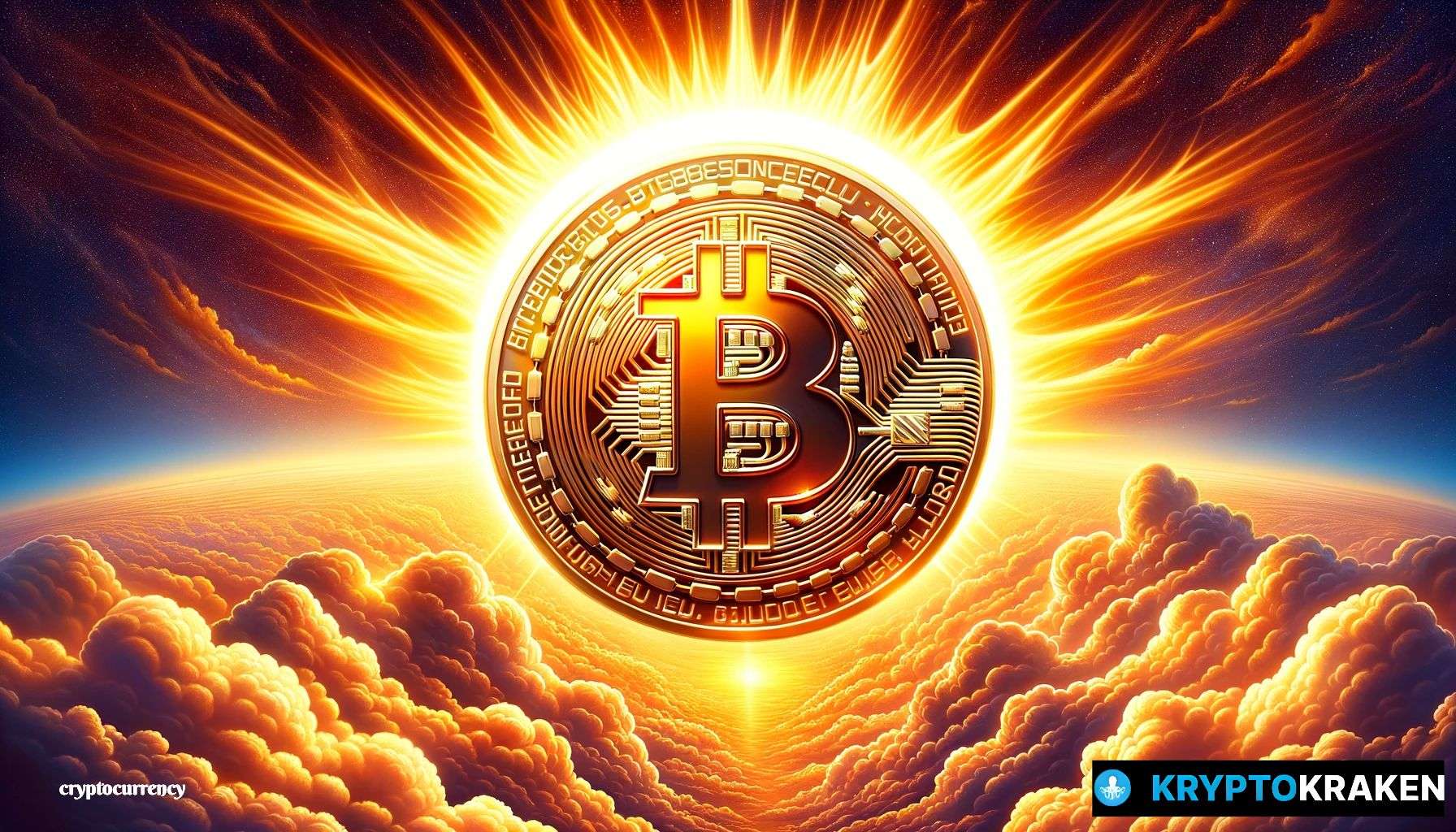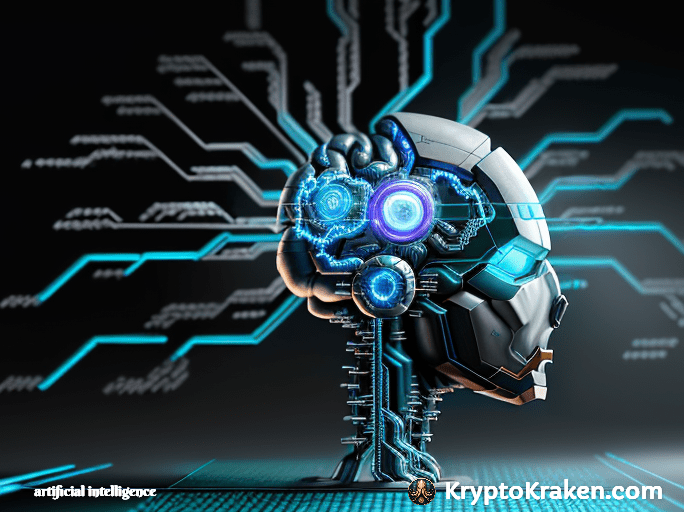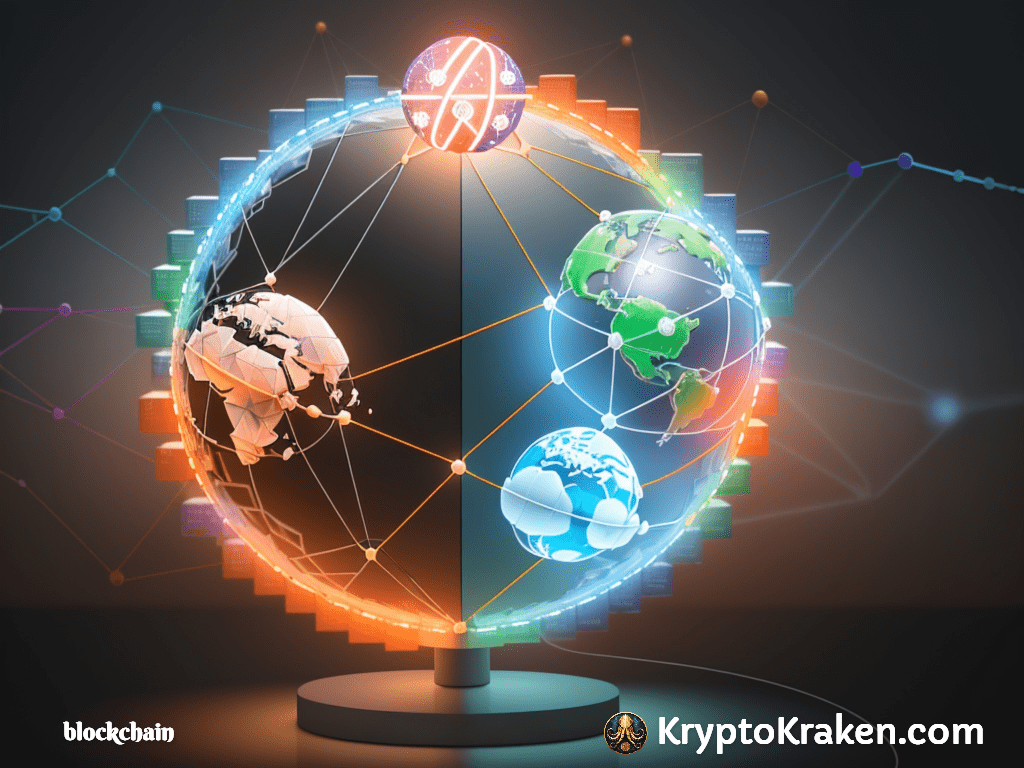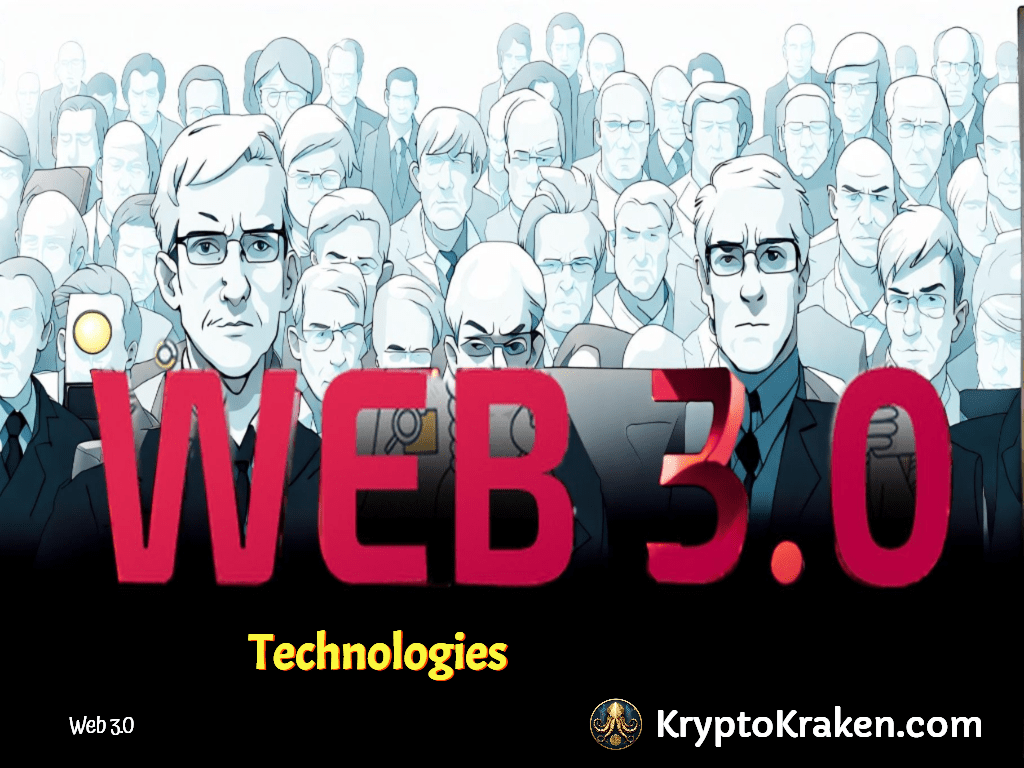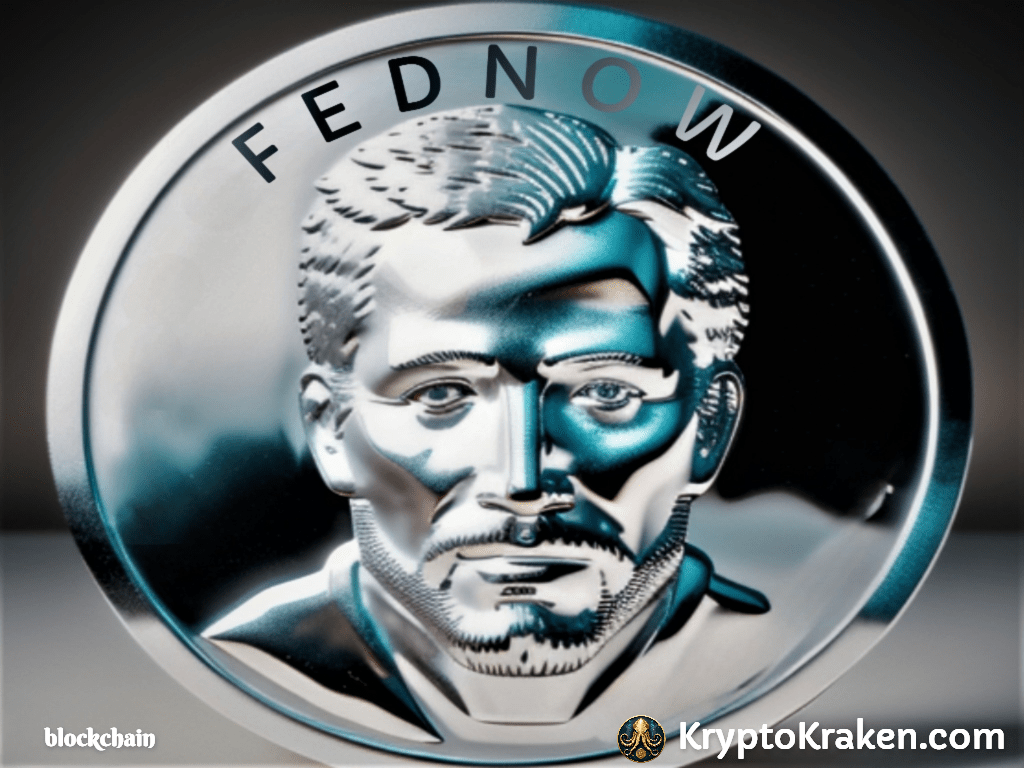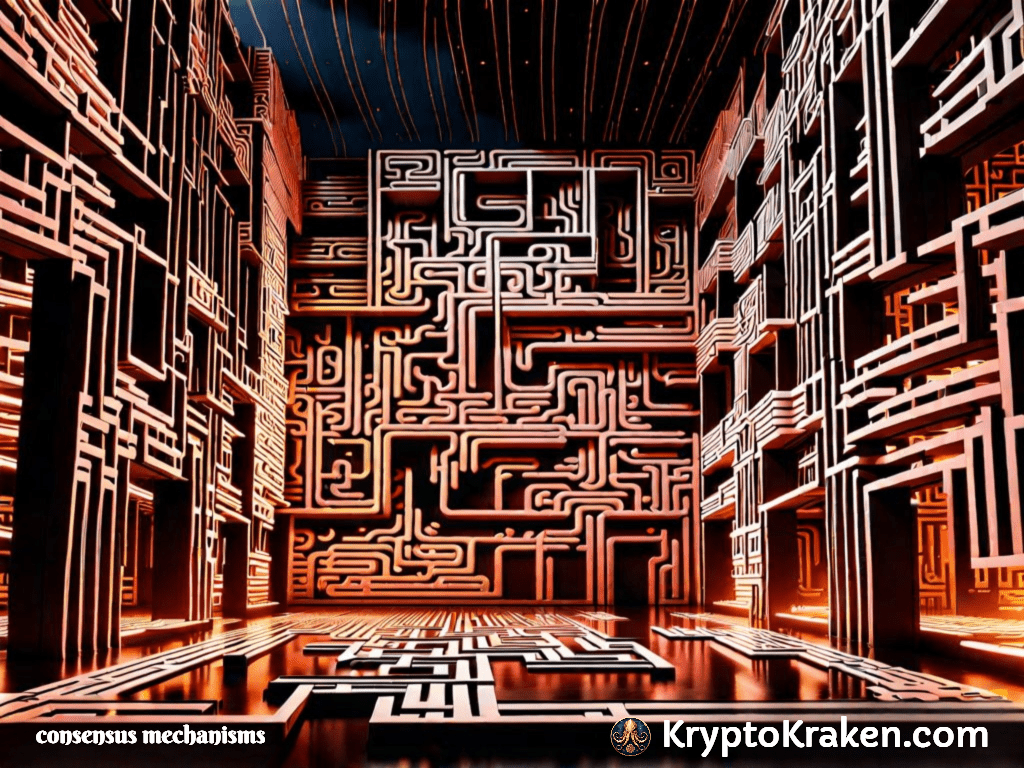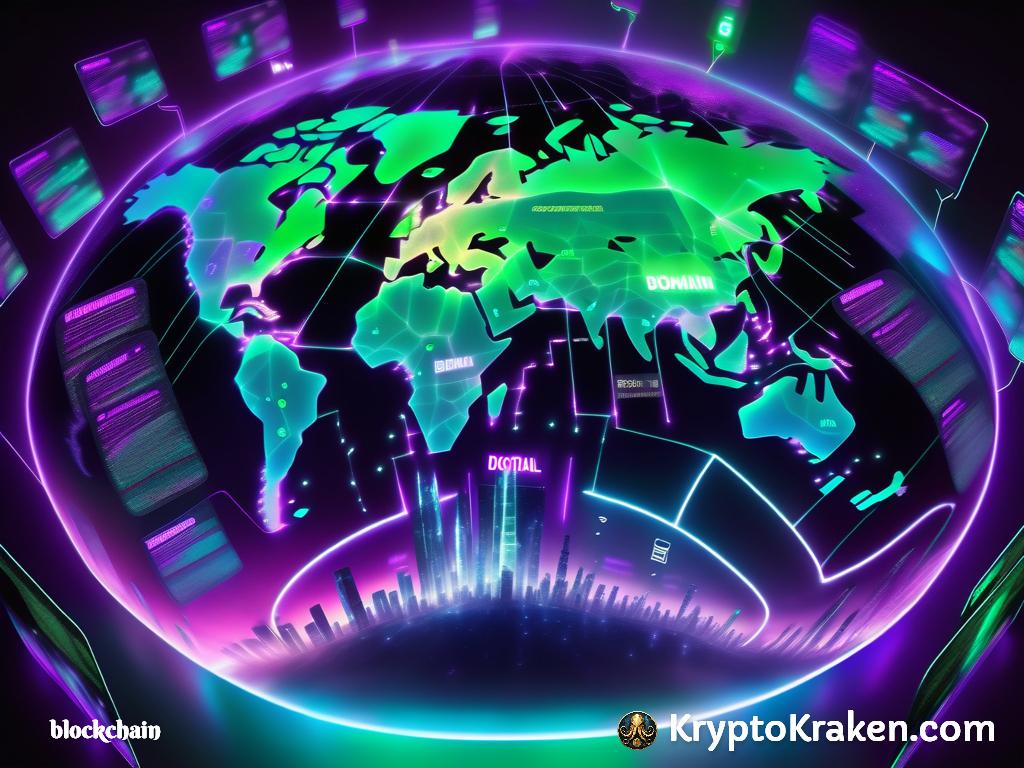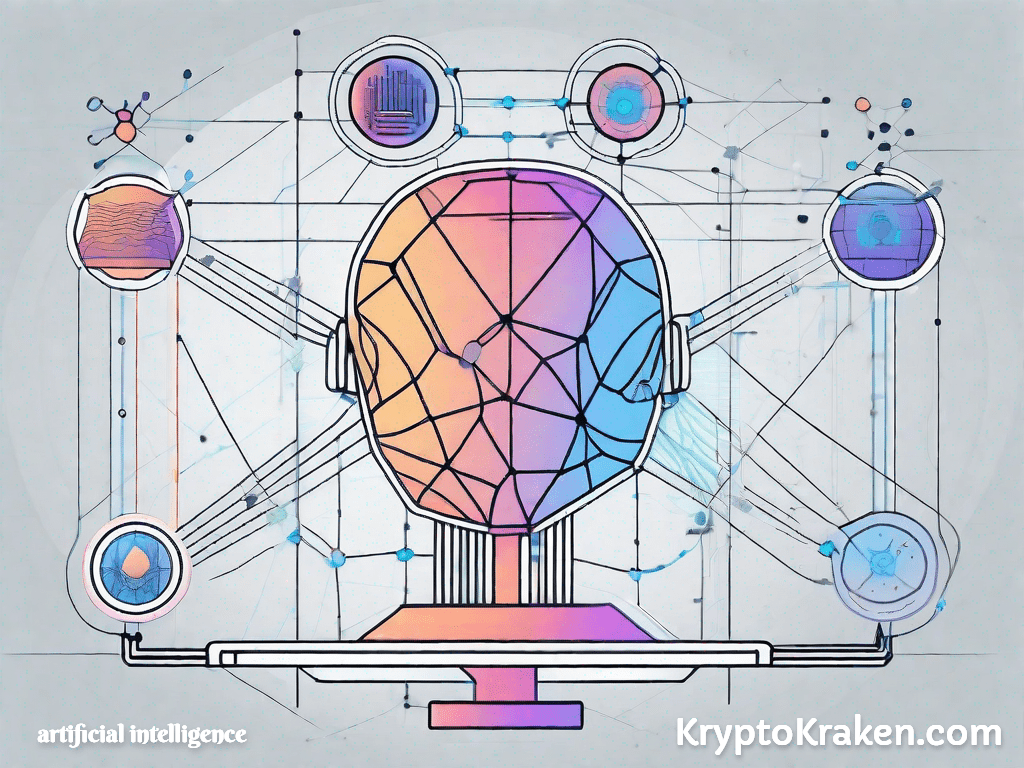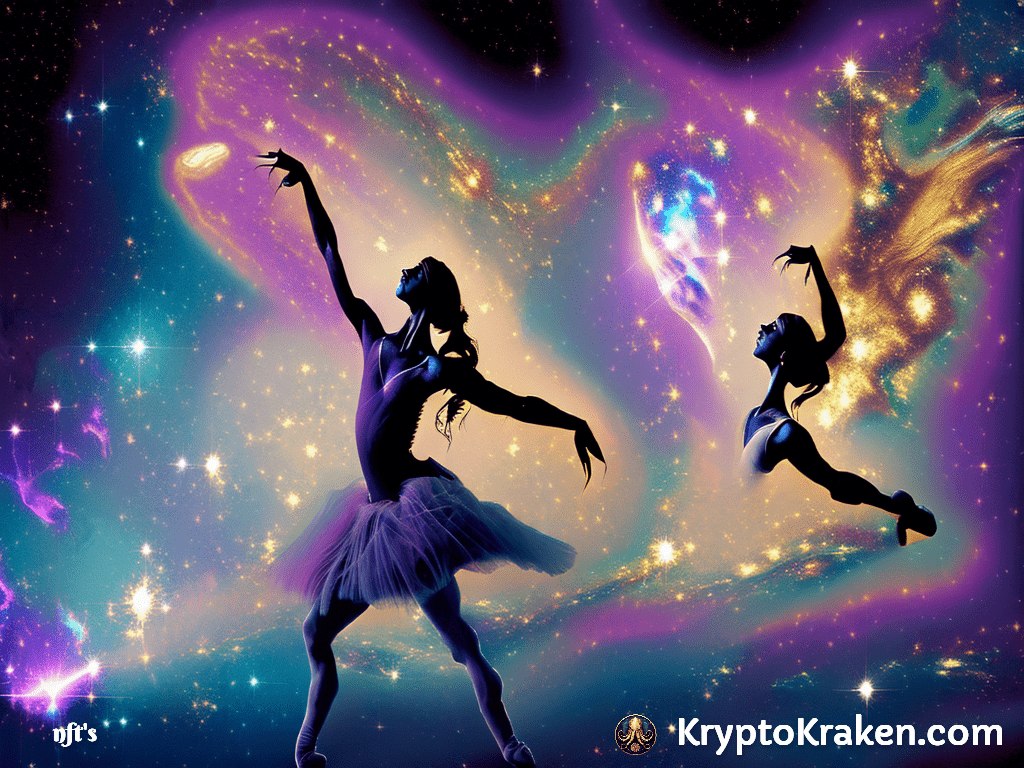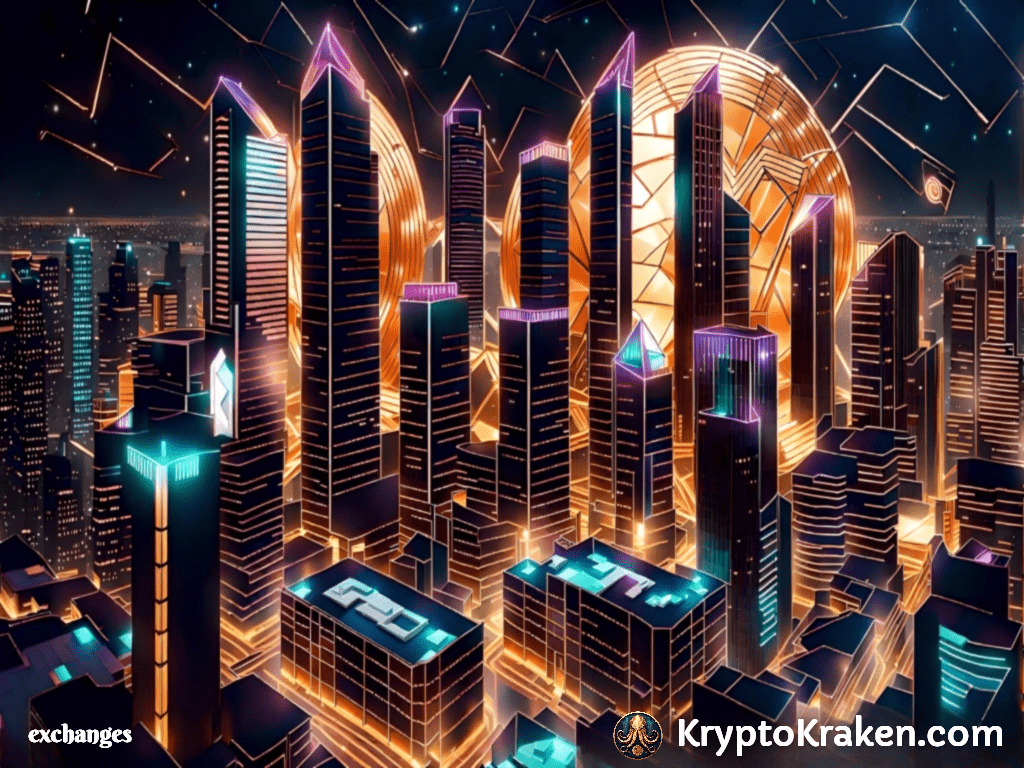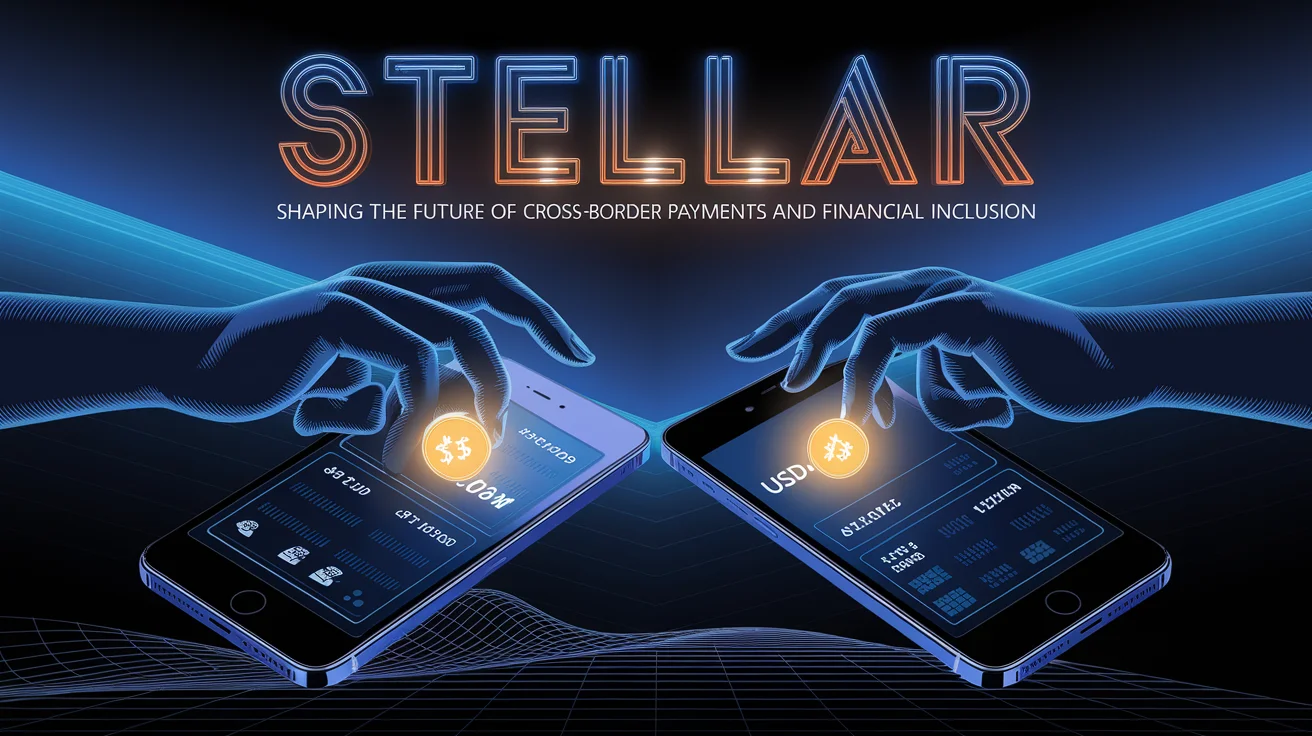
- September 30, 2024
- Dennis Frank
- 0
Table of Contents
In the evolving landscape of blockchain technology, Stellar has established itself as a leading platform aimed at revolutionizing the world of cross-border payments, financial inclusion, and digital asset transfers. With its unique infrastructure, a growing network of strategic partnerships, and forward-thinking technology, Stellar presents a compelling case as a key player in the future of global finance. This article explores the key elements of Stellar’s ecosystem, its associations with financial institutions, its wide token support, and its potential to reshape the future crypto economy.
Stellar’s Mission: Empowering Global Financial Systems
Launched in 2014 by Jed McCaleb, one of the co-founders of Ripple, Stellar was built with a clear mission in mind: to facilitate seamless, low-cost, and instant cross-border payments. Stellar’s primary focus is to ensure that financial services are accessible to all, especially for underserved and underbanked populations in emerging markets. This mission is rooted in the belief that blockchain can democratize access to finance, reducing the inefficiencies of traditional banking systems.
The network is underpinned by the Stellar Consensus Protocol (SCP), a consensus mechanism distinct from Proof-of-Work (PoW) and Proof-of-Stake (PoS) models. SCP allows the network to settle transactions in mere seconds with minimal energy consumption, making it an environmentally sustainable choice for financial transactions.
Wide Range of Tokens Supported
Stellar’s versatility extends beyond its native cryptocurrency, Lumens (XLM), to support a variety of digital assets. These tokens can represent anything from fiat currencies to commodities or even security tokens, providing financial institutions and developers with a robust platform to issue their own assets. Notable among these are:
- Lumens (XLM): Stellar’s native cryptocurrency, used for transaction fees and ensuring liquidity on the network.
- USDC (USD Coin): One of the largest stablecoins in the crypto market, USDC is issued on Stellar to facilitate cross-border settlements and remittances. Stellar’s inclusion of USDC boosts its credibility as a reliable payment network.
- Fiat-Pegged Tokens: Stellar’s infrastructure allows financial institutions to tokenize national currencies. This allows traditional currencies to be transacted over the blockchain, unlocking efficient cross-border payments for global remittances.
These assets, combined with Stellar’s built-in decentralized exchange (SDEX), form the backbone of its financial ecosystem. The ability to tokenize real-world assets and instantly exchange them on the blockchain brings both transparency and efficiency to global financial systems. This capability positions Stellar as a network capable of transforming remittances, commodity exchanges, and even central bank digital currencies (CBDCs).
Strategic Partnerships: A Catalyst for Growth
Key partnerships with leading financial institutions and corporations accelerate Stellar’s progress. These collaborations testify to Stellar’s potential to bridge the gap between traditional finance and blockchain technology.
1. IBM and World Wire
One of Stellar’s most significant partnerships is with IBM, which utilizes the Stellar blockchain for its World Wire payment solution. The collaboration between Stellar and IBM enables real-time cross-border payments between financial institutions using digital assets as a bridge currency. IBM World Wire taps into Stellar’s infrastructure to replace costly intermediaries and slow legacy systems like SWIFT.
Stellar’s network directly challenges traditional payment processors by providing instant, transparent, and secure international settlements. Reducing costs and transaction times can redefine the global remittance market, especially for businesses and individuals frequently sending money across borders.
2. MoneyGram Partnership
In 2021, Stellar secured a notable partnership with MoneyGram, one of the largest money transfer services globally. Through this collaboration, MoneyGram integrates Stellar’s blockchain to facilitate crypto-to-cash and cash-to-crypto conversions, allowing users to send and receive funds internationally via Stellar’s network using stablecoins like USDC.
This integration holds transformative potential in the remittance market, particularly for individuals in underbanked regions where traditional banking infrastructure is either inaccessible or prohibitively expensive. Stellar’s low-cost transactions and near-instant settlements open the door for faster, cheaper, and more transparent money transfers across the globe.
3. Circle and USDC
Stellar’s partnership with Circle, the issuer of USD Coin (USDC), further enhances the blockchain’s position in the stablecoin market. USDC is known for its regulatory compliance and transparency, and its issuance on Stellar brings a reliable, dollar-backed asset to the network. The ability to move USDC quickly and efficiently across borders using Stellar’s infrastructure positions the platform as a leader in the cross-chain transfer of stablecoins.
4. Other Collaborations
Additional partnerships, such as those with SatoshiPay (for micropayments), Tempo (for remittances), Flutterwave (for African cross-border payments), and Deloitte (for exploring cross-border finance), underscore Stellar’s real-world use cases. These alliances have cemented Stellar’s reputation as a blockchain designed for mainstream financial applications, not just speculative trading.
Stellar’s Role in the Future Financial Economy
With blockchain technology moving from fringe applications to mainstream adoption, Stellar is poised to play a central role in the future financial ecosystem. Here’s how Stellar could impact various sectors of the economy:
1. Global Remittances
Cross-border remittances are multi-billion-dollar, yet traditional money transfer services remain expensive and slow. Stellar’s low transaction fees and fast processing times make it a game-changer in this sector. By partnering with financial institutions and fintech companies in Africa, Asia, and Latin America, Stellar is expanding access to affordable remittance services, helping families who rely on cross-border payments to avoid exorbitant fees.
2. Micropayments and Content Monetization
Platforms like SatoshiPay showcase Stellar’s ability to power micropayment systems. As the world becomes more digital, content creators and service providers need low-cost solutions to monetize small transactions. Stellar’s infrastructure enables fractional payments, allowing individuals to pay only for the content they consume. This model can revolutionize the digital media landscape, offering new revenue streams for creators in emerging markets.
3. Stablecoins and Fiat Tokenization
The rise of stablecoins on Stellar, including USDC and regional fiat-pegged tokens like the NGNT (Nigerian Naira token), positions the platform as a leader in stable digital assets. These assets bridge the gap between traditional finance and cryptocurrencies, offering a stable store of value while taking advantage of blockchain’s efficiency. As governments explore CBDCs, Stellar’s infrastructure could serve as a model for the tokenization of national currencies.
4. Financial Inclusion
One of Stellar’s most compelling use cases lies in financial inclusion. Billions of people globally remain unbanked or underbanked, unable to access basic financial services. Stellar’s blockchain technology can provide an affordable way for people to participate in the digital economy, enabling everything from savings and loans to cross-border payments. The Philippines and Ukraine have both worked with Stellar to explore the issuance of CBDCs and other blockchain-powered solutions that can bring financial services to marginalized populations.

Recent Developments: Expanding Stellar’s Horizons
While Stellar’s core partnerships and use cases have continued to evolve, several recent developments further enhance the network’s potential and future direction.
1. MoneyGram Expansion with Stellar’s Blockchain
The MoneyGram-Stellar partnership is continuously expanding, particularly in emerging markets with limited traditional banking services. By integrating cash-to-crypto and crypto-to-cash services, Stellar and MoneyGram are creating new financial on-ramps for millions of people who may not have access to traditional banking. This makes it easier for users to send and receive money globally, especially in underbanked regions like Africa.
2. Stellar Ventures into NFTs
Stellar recently announced plans to support non-fungible tokens (NFTs) on its blockchain. This move into the NFT space adds a new dimension to Stellar’s capabilities, allowing users to mint, trade, and interact with digital collectibles and unique assets. With Stellar’s low transaction fees and fast processing times, NFTs on Stellar could become a more affordable and efficient alternative to platforms like Ethereum, especially for emerging creators.
3. Stellar Community Fund (SCF)
Stellar is actively supporting innovation through the Stellar Community Fund (SCF). This initiative provides funding to developers working on new decentralized finance (DeFi) applications, NFT projects, and other blockchain solutions on Stellar’s network. The SCF is fostering a growing ecosystem of dApps, improving the utility of Stellar beyond just payments and remittances.
4. Regulatory Engagement and CBDC Exploration
Stellar has been engaging heavily with regulators, advocating for blockchain adoption and stablecoin standards. This positions Stellar as a leader in the growing space of CBDCs, with the potential to onboard more central banks as they explore tokenizing their national currencies. Stellar’s existing partnerships with countries like Ukraine and the Philippines could be just the beginning of a broader movement towards central bank digital currencies on Stellar’s blockchain.
The Path Ahead
Looking to the future, Stellar is positioned to become a cornerstone of the global crypto economy. Its partnerships with established financial giants, integration of regulated stablecoins like USDC, and expansion into developing markets make it a critical player in the evolution of blockchain-based financial systems. As more companies and institutions look for efficient, scalable, and transparent solutions for transferring value across borders, Stellar’s fast settlement times, low fees, and robust infrastructure provide a practical solution.
As regulatory clarity around digital assets improves and CBDCs gain traction, Stellar could become the go-to platform for tokenizing national currencies, facilitating secure and compliant cross-border payments for governments and banks worldwide. The continued development of Stellar’s decentralized exchange (SDEX) and other DeFi services will likely attract more users and liquidity to the network, broadening its scope in the decentralized finance landscape.
Stellar’s foray into NFTs also opens up new possibilities for creative industries and digital content creators, providing them with an affordable and efficient platform for issuing and trading unique assets. The Stellar Community Fund (SCF), which supports projects in areas such as DeFi and NFTs, will continue to play a key role in expanding the ecosystem and driving innovation on the network.
Conclusion
In summary, Stellar’s blockchain is uniquely positioned to address the inefficiencies of the traditional financial system, particularly in the areas of cross-border payments, financial inclusion, and asset tokenization. With strong partnerships (IBM, MoneyGram, Circle), support for stablecoins (USDC), and the infrastructure to tokenize a wide array of assets, Stellar is a formidable player in the global blockchain ecosystem. Its impact on the future financial economy cannot be overstated, as it offers a blend of speed, cost efficiency, and regulatory readiness that is essential for the mainstream adoption of blockchain technology.
As Stellar continues to expand its partnerships, venture into new areas like NFTs, and support innovative projects through initiatives like the SCF, its influence on the global financial landscape is only set to grow. Whether it’s powering remittances in underbanked regions or enabling the next wave of decentralized finance applications, Stellar is well-positioned to be a central pillar in the future of blockchain and global finance.
Disclaimer: I am not a financial advisor, and this article is not intended as financial advice. Always conduct your own research and consult with a professional before making any investment decisions.
Written by Dennis Frank and tuned with an AI Co-Pilot
Stay Connected:
Website: KryptoKraken.com
YouTube: My KryptoKraken Channel
Facebook: My KryptoKraken on Facebook



